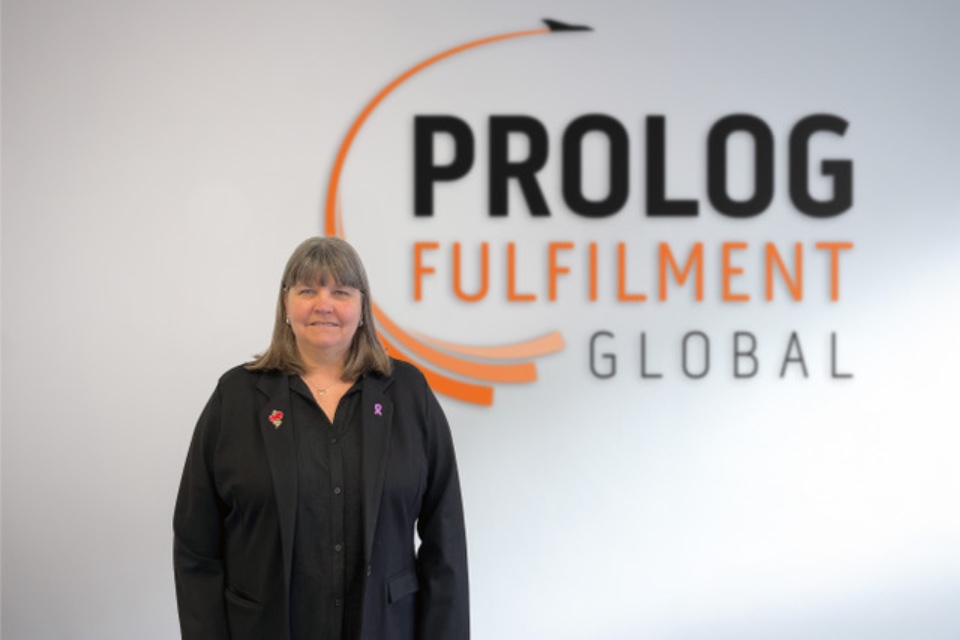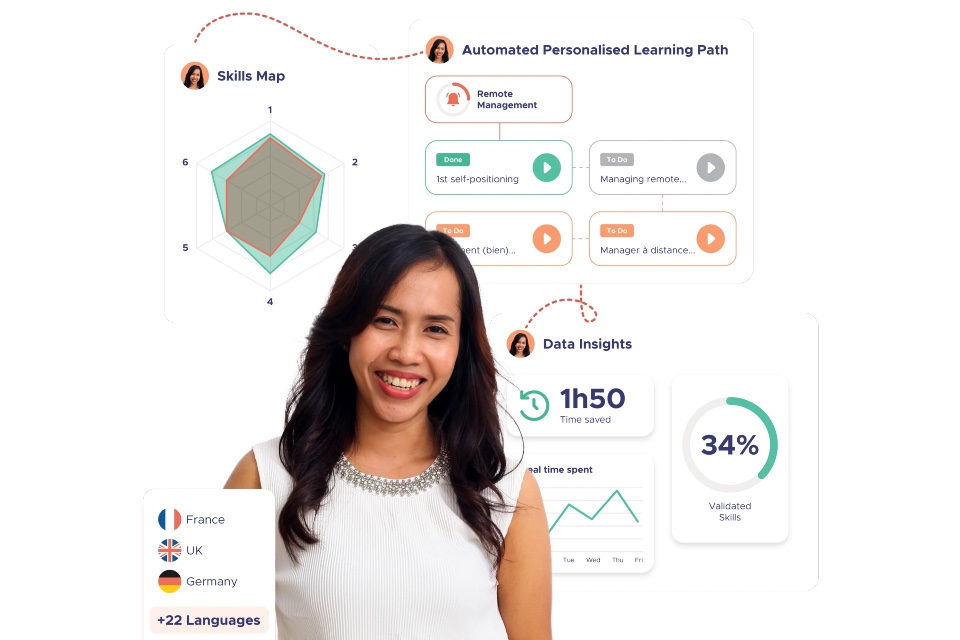By Lee Davies, Marketing Manager, Salestrong
Training Salespeople is big business. The annual spend for Sales Training only lags behind professional/industry-specific training and on-boarding (Training Industry Report 2015 – http://pubs.royle.com/publication/?i=278428&p=22).
Given the significant figures involved, anyone responsible for Sales teams will want to invest wisely and see a return on the support provided to their people.
So, what is a wise investment? There are many criteria but an essential one for me as a designer is to create a learning experience that will resonate with the audience. In other words, engage them and they’ll learn; learn and they’ll bring in additional sales revenue.
Who’s our audience?
First let’s define our audience and consider the typical profile of a Salesperson. I’ve focussed on one profile here. Of course there are many to choose from even within the same organisation. And you might find this more or less recognisable, depending on the industry and the type of relationship a customer prefers.
Having said that, a Sales role encourages certain attitudes and beliefs which result in behaviours that may inhibit learning. I’ve highlighted four of these below.
What objections/challenges might our typical Salesperson provide?
I’m using a specific Sales role to illustrate these challenges. This person – let’s call them Chris – has worked in field Sales for a number of years. Chris sells products and services that require a consultative approach. Chris also has occasional face-to-face contact between his manager and other team members but spend most of the time working autonomously.
Chris, my fictitious Salesperson:
- Objection Challenge 1 – Believes he knows what he is doing and is unlikely to learn much from any trainer or training package.
Of course they might be right! Assuming they are on the right programme you’ll need to demonstrate value, to keep Chris engaged.
- Objection Challenge 2 – Is independent, preferring to lead rather than be led
A good Salesperson develops strategies that work for them, to adapt to different customer situations. By engaging Chris, you are looking to inject a new approach to improve on what he has successfully been doing for years so ensure you have a good justification and argument ready!
- Learning Challenge 1 – Has a short attention span
Although Chris can pursue Sales opportunities with tenacity, when it comes to sales training, Chris will judge whether to remain engaged in learning within the first five minutes – if you’re lucky! And throughout any learning event, he will constantly re-evaluate the value of focussing on something other than sales. After all, it’s time out of the field – and not directly linked to achieving financial rewards such as commission.
- Learning Challenge 2 – Focuses on the practical
Games are all very well, but not for Chris. If a learning activity appears irrelevant to the real-world, you’ll lose any hope of helping him to learn a valuable skill.
How can you promote the need for learning?
Those are our four challenges. And I’m sure there are many more. So how do you engage someone like Chris in learning?
- Demonstrate the value of learning early and keep reminding them
In a workshop or programme, this might mean demonstrating a skill gap through a role-play or other activity that provides the ‘revelation’ that there is more to learn. Be careful though – there’s a fine line between highlighting a skill gap and employing a trick to trip Chris up. The latter may well back-fire unless positioned carefully.
If Chris is completing self-paced learning such as an eLearning module, demonstrating its value is even more important. After all, Chris isn’t under the watchful eye of a facilitator who can actively work on their engagement. For self-paced learning there are a number of options. One of my favourites is to introduce a real-world scenario in which Chris makes decisions at key points; these lead to consequences in the story. Feedback is in the moment and highlights relevant skill gaps.
Having established the need to learn, reinforcement through additional (and varied) activities is essential to maintain interest.
- Present the rationale for a change in approach
Introducing a new model for engaging with the customer? Then presenting the case for change is vital.
In a workshop this might involve comparing outcomes for the old vs new method of working. And you could also draw out personal benefits by discussing areas that you know are important to busy salespeople – such as time savings, reduction in admin etc. Giving participants time to challenge or debate the change is useful time spent. Provided the reasons for the change are sound, getting buy-in by involving participants rather than railroading them will lead to more genuine acceptance.
For self-paced learning, a similar approach could be employed. Again, as the facilitator isn’t present; rather than relying on personal stories and ‘live’ debate, have some prepared as interactive elements which Chris can use to work through the ‘why’ of change.
- Keep Chris engaged
For both workshop and self-paced learning, it will be essential to keep it brief and active. For a workshop that might mean short introductory sessions followed by an exercise such as a quiz, brainstorming session or building a flipchart summary to get participants moving and talking.
For self-paced learning, the use of micro-learning will help to keep Chris focussed on specific learning points. Within that, you could provide customer stories to explore key points, virtual treasure hunts to build knowledge and interactive elements that encourage discovery and reinforcement.
- Make the learning practical
Workshop practice sessions such as worked examples and scenario planning need to be rooted in reality. Equally, self-paced learning will require actual examples that are relevant to Chris’ role. Often insights from a peer about ‘what really happens’ can help here. Audio and video are both good options and provide perspectives from those who work in a similar role, or customers who reinforce what they want.
Maintain interest and promote learning
In short, if you are designing learning for Salespeople such as Chris, make it relevant and keep them actively involved in solving problems for realistic situations. That will help them to stay engaged and assuming the new behaviours you’ve introduced are reinforced, measurable results will follow.
If you are a Learning and Development professional looking for advice on how to design a Sales Training, Coaching and Consultancy programme then contact Salestrong today. The team can guide through the core stages of our approach and offer valuable insight into which methods of learning can work best for you and your organisation.
Email info@salestrong.co.uk or call us on 01778 382733.









